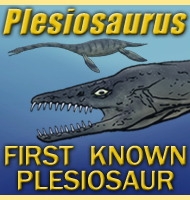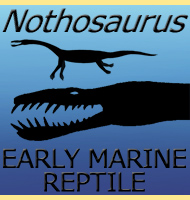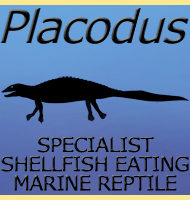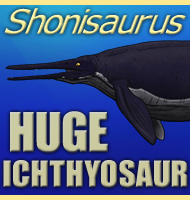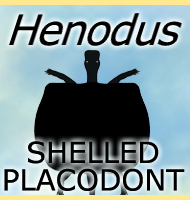


Pistosaurus
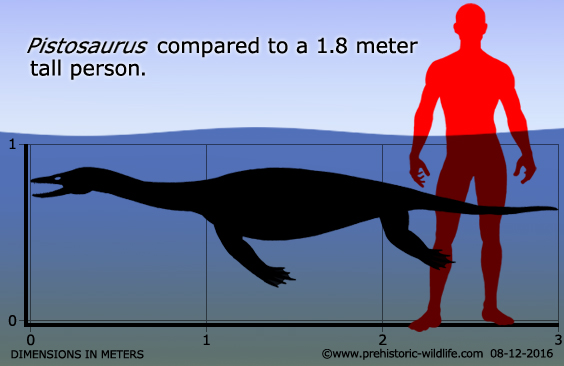
Name:
Pistosaurus.
Phonetic: Piss-toe-sore-us.
Named By: Meyer - 1839.
Classification: Chordata, Reptilia,
Sauropterygia, Pistosauroidea.
Species: P. longaevus (type),
P.
grandaevus.
Diet: Piscivore.
Size: Around 3 meters long.
Known locations: Europe.
Time period: Anisian to Ladinian of the Triassic.
Fossil representation: At least two individuals.
Although
neither a nothosaur
nor a plesiosaur, Pistosaurus
appears to be
closely related to both. Pistosaurus had both a
stiffened spine and
limbs adapted into flippers, but still retained a palate like a
nothosaur and for this reason Pistosaurus is
often considered an
evolutionary offshoot of a type that appeared alongside plesiosaurs
while still being from them. However in light of the current lack
of pistosauroid sauropterygian fossils compared to the large number of
plesiosaurs it seems that these types of marine reptiles were not as
successful in the long term.
Pistosaurus
is the type genus of the Pistosauridae and was the only member of this
group until the discovery of Augustasaurus
in 1997.
Further reading
- Pistosaurus, a Middle Triassic Plesiosaur. - American Journal of
Science, vol. 246, no. 1 - F. V. Huene - 1948.
- Postcranial Skeleton of Pistosaurus and
Interrelationships of the
Sauropterygia (Diapsida.- Zoological Journal of the Linnean Society,
vol. 90, no. 2, 1987, pp. 109–131. - H. -D. Sues - 1987.
- Evolutionary Implications of the Divergent Long Bone Histologies of
Nothosaurus and Pistosaurus
(Sauropterygia, Triassic). - BMC
Evolutionary Biology, vol. 13. - Anna Krahl, Nicole Klein & P
Martin Sander - 2013.
----------------------------------------------------------------------------
Random favourites
 |
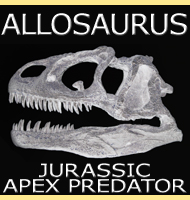 |
 |
 |
